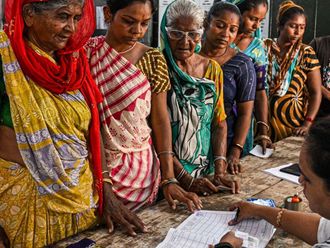Post-war politics in Italy is a complicated affair, one that has seen 62 national governments come and go since 1946. Indeed, it has only been in the past decade that two administrations have managed to complete their terms without recourse to further coalition deals or political horse-trading. After Sunday’s general election, however, it now seems as if voters have rejected the prospect of a stable government once more. No party can claim overall victory, and it’s difficult now for aligned parties to be able to secure enough support to meet the rigorous requirements to rule – Italy’s constitution determines that any government must have majority support in both the lower Chamber of Deputies and the upper Senate of the Republic. Following Sunday’s polls, that is a bar that seems very high indeed for any potential partners in coalition to attain.
What Sunday’s vote did do, however, is give very real form to the many disparate voices across the political spectrum that have echoed concerns over the economy and immigration. Italy’s unemployment rate is at 10.6 per cent generally but at 25 per cent for those under 24 years of age. Its national economy too is burdened with high levels of debt – for every €1 (Dh4.52) in circulation there another €1.34 is owed to Italy’s creditors. Its infrastructure too needs overhaul and renewal. Frustration with the high number of refugees from central and North Africa explains why parties on the right have grown in electoral support. But populism is one thing, running a nation another. It is likely to be many weeks before a new government takes shape – and even then it is unlikely to last too long.








